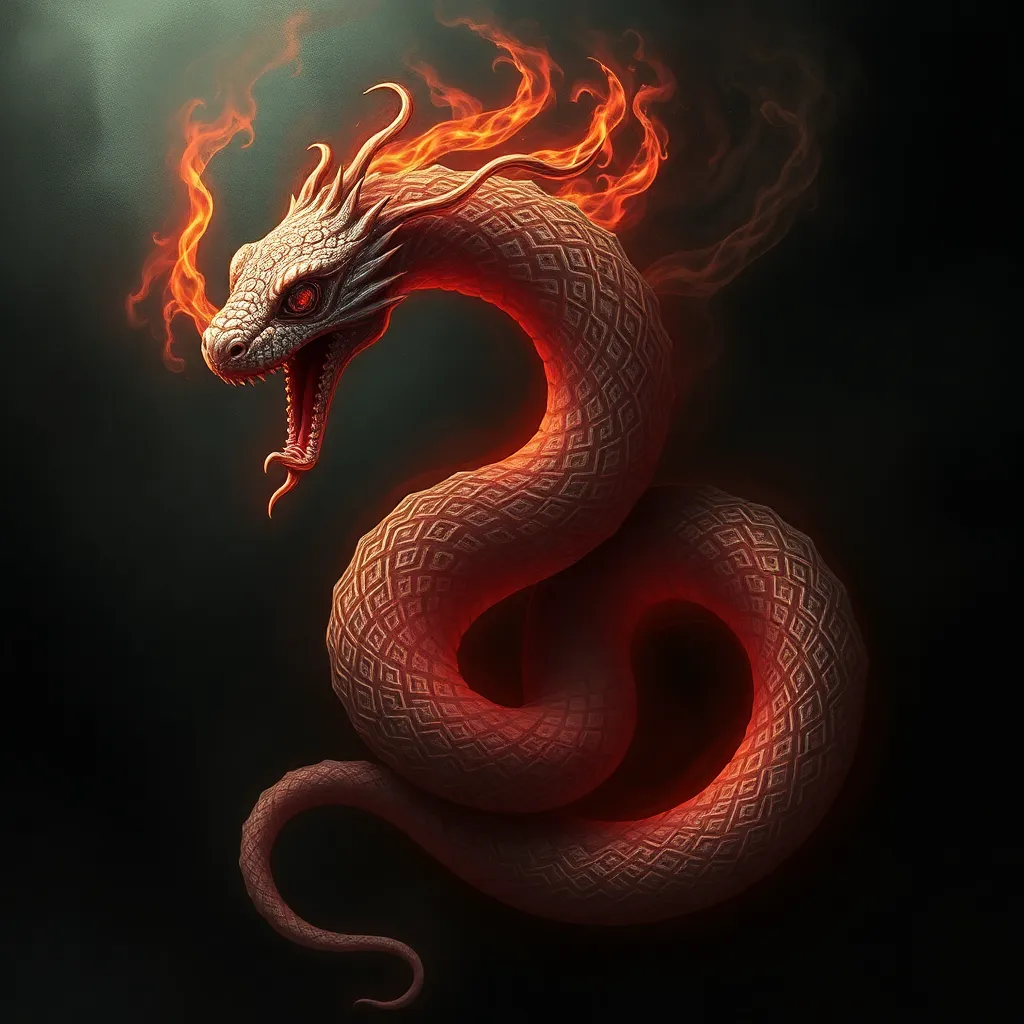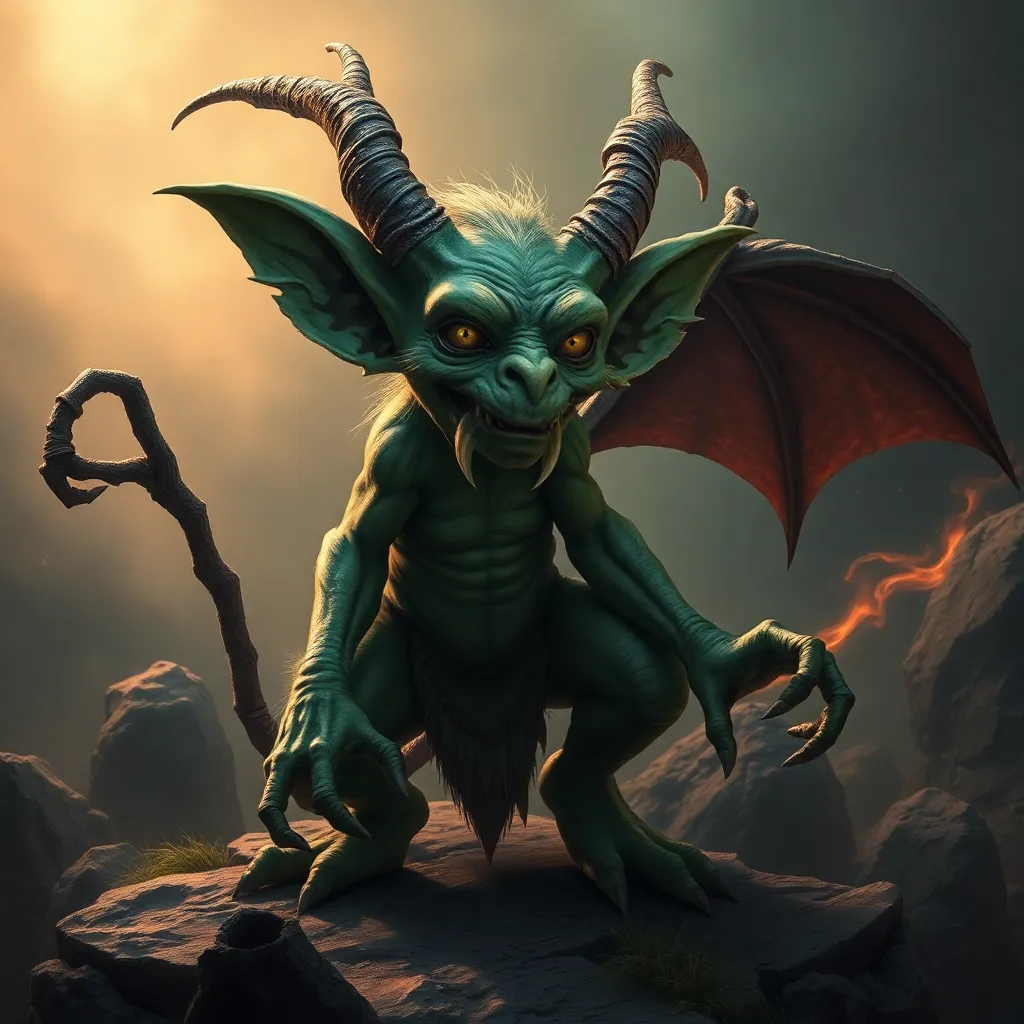Dragon Lore: A Global Phenomenon
Dragons, those mythical creatures of fire and fury, have captivated the human imagination for millennia. From the ancient civilizations of Mesopotamia to modern fantasy literature, the dragon has been a constant presence in human storytelling and folklore. Exploring the origins and evolution of dragon lore reveals a fascinating journey through human history and culture, highlighting the enduring power of these mythical beings.
Ancient Origins: Dragons in Mesopotamian and Ancient Egyptian Mythology
The earliest recorded depictions of dragon-like creatures can be traced back to ancient Mesopotamia, the cradle of civilization in the Middle East. The Babylonian god Marduk, depicted as a winged serpent, defeated the monstrous dragon Tiamat in a epic battle, representing the triumph of order over chaos. The Babylonian concept of the dragon as a powerful, chaotic force influenced other ancient cultures, including the Egyptians, who also depicted serpent-like creatures in their mythology. The Egyptian god Apep, a giant serpent representing darkness and chaos, battled the sun god Ra each night, symbolizing the eternal struggle between good and evil.
Dragons in the East: The Rise of the Celestial Dragon
As civilization spread throughout Eurasia, dragon mythology evolved and diversified. In East Asia, the dragon took on a more benevolent and celestial role. In Chinese mythology, the dragon is a revered creature, symbolizing power, wisdom, and good fortune. Dragons are considered to be the guardians of the four directions and play an important role in Chinese art, literature, and philosophy. The dragon is also a significant figure in Japanese and Korean mythology, where it is often associated with water and rain.
The Dragon in European Mythology: From Guardians to Monsters
In European mythology, the dragon represents a more ambivalent figure, often depicted as a fearsome guardian of treasures and a symbol of evil. In Celtic mythology, dragons are associated with the land and are often portrayed as fierce protectors of magical places. The Welsh dragon, a symbol of the Welsh nation, embodies the strength and resilience of the Welsh people. In Norse mythology, the serpent, or “worm”, Jormungandr, a child of Loki, is a giant serpent that circles the entire world, representing the chaos and destruction that can be unleashed by nature.
The Dragon as a Symbol of Power and Authority
Throughout history, the dragon has been a powerful symbol, often representing authority and power. In ancient China, the emperor was often depicted as a dragon, signifying his divine right to rule. In European heraldry, the dragon was a popular symbol of power and was used by many powerful families and rulers. The legend of Saint George slaying the dragon, a story that originated in the 4th century, represents the triumph of good over evil, with the dragon symbolizing the forces of evil and Saint George representing Christian faith and courage.
The Dragon in Literature: From Beowulf to Game of Thrones
The dragon has played an important role in literature, appearing in epic poems and novels from around the world. The most famous example is the dragon in the Old English epic poem “Beowulf,” where it represents the threat of chaos and destruction. In J.R.R. Tolkien’s “The Hobbit” and “Lord of the Rings,” dragons are depicted as powerful and dangerous creatures, embodying the natural forces of the world. The dragon Smaug, a fearsome red dragon, is a symbol of greed and the destructive power of unchecked ambition. Modern fantasy literature, such as George R.R. Martin’s “Game of Thrones,” continues to explore the dragon as a powerful symbol, evoking themes of power, ambition, and the struggle between good and evil.
Dragon Lore: A Global Phenomenon
Dragons, those mythical creatures of fire and fury, have captivated the human imagination for millennia. From the ancient civilizations of Mesopotamia to modern fantasy literature, the dragon has been a constant presence in human storytelling and folklore. Exploring the origins and evolution of dragon lore reveals a fascinating journey through human history and culture, highlighting the enduring power of these mythical beings.
Ancient Origins: Dragons in Mesopotamian and Ancient Egyptian Mythology
The earliest recorded depictions of dragon-like creatures can be traced back to ancient Mesopotamia, the cradle of civilization in the Middle East. The Babylonian god Marduk, depicted as a winged serpent, defeated the monstrous dragon Tiamat in a epic battle, representing the triumph of order over chaos. The Babylonian concept of the dragon as a powerful, chaotic force influenced other ancient cultures, including the Egyptians, who also depicted serpent-like creatures in their mythology. The Egyptian god Apep, a giant serpent representing darkness and chaos, battled the sun god Ra each night, symbolizing the eternal struggle between good and evil.
Dragons in the East: The Rise of the Celestial Dragon
As civilization spread throughout Eurasia, dragon mythology evolved and diversified. In East Asia, the dragon took on a more benevolent and celestial role. In Chinese mythology, the dragon is a revered creature, symbolizing power, wisdom, and good fortune. Dragons are considered to be the guardians of the four directions and play an important role in Chinese art, literature, and philosophy. The dragon is also a significant figure in Japanese and Korean mythology, where it is often associated with water and rain.
The Dragon in European Mythology: From Guardians to Monsters
In European mythology, the dragon represents a more ambivalent figure, often depicted as a fearsome guardian of treasures and a symbol of evil. In Celtic mythology, dragons are associated with the land and are often portrayed as fierce protectors of magical places. The Welsh dragon, a symbol of the Welsh nation, embodies the strength and resilience of the Welsh people. In Norse mythology, the serpent, or “worm”, Jormungandr, a child of Loki, is a giant serpent that circles the entire world, representing the chaos and destruction that can be unleashed by nature.
The Dragon as a Symbol of Power and Authority
Throughout history, the dragon has been a powerful symbol, often representing authority and power. In ancient China, the emperor was often depicted as a dragon, signifying his divine right to rule. In European heraldry, the dragon was a popular symbol of power and was used by many powerful families and rulers. The legend of Saint George slaying the dragon, a story that originated in the 4th century, represents the triumph of good over evil, with the dragon symbolizing the forces of evil and Saint George representing Christian faith and courage.
The Dragon in Literature: From Beowulf to Game of Thrones
The dragon has played an important role in literature, appearing in epic poems and novels from around the world. The most famous example is the dragon in the Old English epic poem “Beowulf,” where it represents the threat of chaos and destruction. In J.R.R. Tolkien’s “The Hobbit” and “Lord of the Rings,” dragons are depicted as powerful and dangerous creatures, embodying the natural forces of the world. The dragon Smaug, a fearsome red dragon, is a symbol of greed and the destructive power of unchecked ambition. Modern fantasy literature, such as George R.R. Martin’s “Game of Thrones,” continues to explore the dragon as a powerful symbol, evoking themes of power, ambition, and the struggle between good and evil.
The Dragon as a Symbol of Power and Authority
Throughout history, the dragon has been a powerful symbol, often representing authority and power. In ancient China, the emperor was often depicted as a dragon, signifying his divine right to rule. In European heraldry, the dragon was a popular symbol of power and was used by many powerful families and rulers. The legend of Saint George slaying the dragon, a story that originated in the 4th century, represents the triumph of good over evil, with the dragon symbolizing the forces of evil and Saint George representing Christian faith and courage.
The Dragon in Art: Depictions Across Time and Culture
Dragons have been a source of inspiration for artists throughout history, appearing in paintings, sculptures, and other forms of art. In ancient China, dragons were often depicted in intricate, symbolic designs, often with multiple heads and claws. European artists often depicted dragons as fierce and terrifying creatures, with scales, wings, and sharp claws. The dragon has also been a popular subject in modern art, appearing in everything from fantasy illustrations to contemporary sculptures.
Theories of Dragon Origins: Natural Phenomena and Animal Inspiration
The origins of dragon lore are a subject of ongoing debate among scholars and mythologists. Some believe that dragons may have been inspired by real-life animals, such as snakes, lizards, or crocodiles. Others suggest that dragons may have been inspired by natural phenomena, such as volcanic eruptions or lightning storms. Some even believe that dragons may have been inspired by ancient fossils of dinosaur skeletons, which were often misinterpreted as the remains of mythical creatures.
The Dragon as a Representation of Fear and the Unknown
Dragons are often seen as embodiments of fear and the unknown. They represent the forces of nature that are beyond human control, such as fire, storms, and the wilderness. The dragon’s power and ferocity often symbolize the primal fear of the unknown and the untamed. In many cultures, dragons are associated with the underworld, a realm of darkness and mystery.
The Enduring Legacy of Dragon Lore: From Ancient Legends to Modern Culture
Dragon lore continues to fascinate and inspire people around the world. Dragons appear in movies, video games, and other forms of popular culture. They are a popular subject for fantasy novels, comic books, and role-playing games. Despite their mythical origins, dragons continue to hold a powerful place in the human imagination, representing both the beauty and the danger of the world around us.
FAQ
**Q: What is a dragon?**
A: Dragons are mythical creatures that appear in folklore and mythology around the world. They are typically depicted as large, scaly, winged reptiles with a fearsome reputation.
**Q: Where did the concept of dragons originate?**
A: The origins of dragon lore are unknown, but they can be traced back to ancient Mesopotamia and Egypt, where they were depicted as powerful, chaotic creatures.
**Q: What are some of the most famous dragons in mythology?**
A: Some of the most famous dragons in mythology include Tiamat (Babylonian), Apep (Egyptian), Smaug (Tolkien), and the dragon in “Beowulf.”
**Q: What is the significance of dragons in different cultures?**
A: The significance of dragons varies by culture. In the East, they are often associated with power and good fortune, while in Europe, they are often depicted as guardians of treasures or symbols of evil.
**Q: Why are dragons still popular in modern culture?**
A: Dragons continue to be popular in modern culture because they represent a powerful symbol of the unknown and the untamed. They are a source of fascination and awe, and they continue to inspire artists, writers, and filmmakers.



